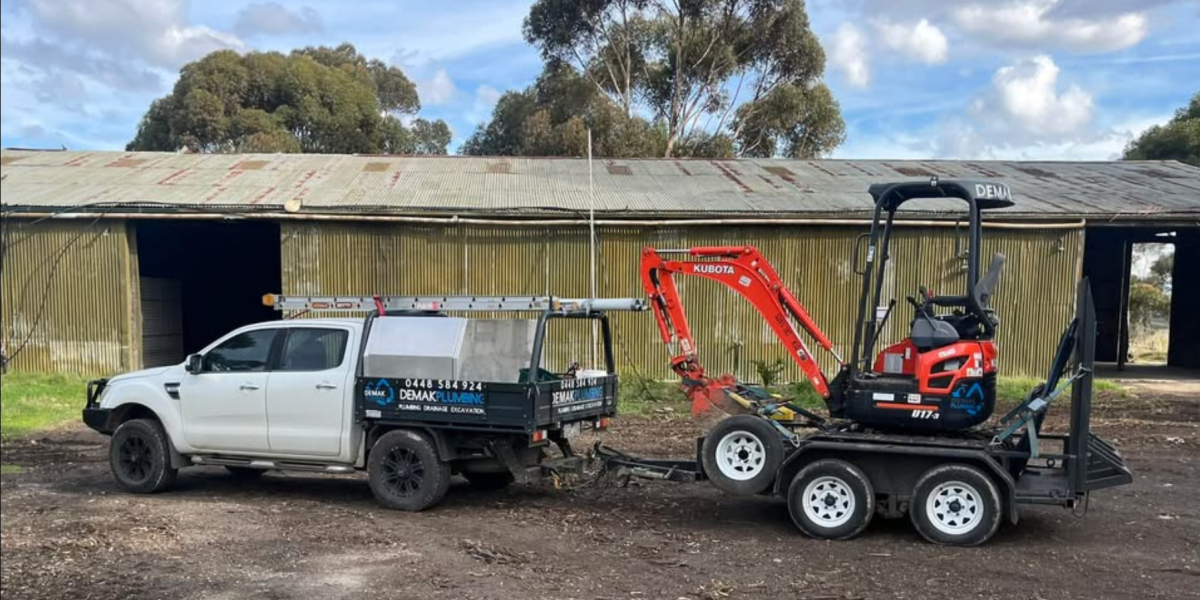In today’s interconnected world, products don’t just move—they are planned, tracked, and delivered with precision. That’s where transportation and logistics management comes in. This crucial field ensures that goods move efficiently from one point to another, whether it’s raw materials to a factory or finished products to a customer. Without effective logistics and transportation, even the most innovative companies would struggle to meet demand and remain competitive.
What Is Transportation and Logistics Management?
Transportation and logistics management is the comprehensive coordination of people, infrastructure, and systems to ensure the smooth movement of goods. It involves planning, implementing, and controlling the efficient flow of goods, services, and information from the point of origin to the point of consumption.
Transportation focuses on the physical movement of goods, using various modes such as road, rail, air, and sea. Logistics, on the other hand, encompasses the entire supply chain—from sourcing and inventory management to warehousing, order fulfillment, and distribution.
The Role of Transportation in Logistics
Transportation is a subset of logistics, but it's arguably the most visible part. It determines how quickly and cost-effectively goods can move between locations. Choosing the right mode of transport can significantly affect delivery speed, costs, and customer satisfaction.
For example:
Road freight is ideal for short to medium distances and flexibility.
Rail transport offers bulk shipping for heavy goods.
Air freight is the fastest, best for time-sensitive items.
Ocean shipping is cost-effective for international, large-volume shipments.
An efficient transportation system also includes route optimization, fuel management, vehicle maintenance, and compliance with regulations.
The Logistics Side of the Equation
While transportation handles the “how,” logistics answers the “what, where, and when.” Logistics management is the strategic process that oversees:
Inventory control: Balancing stock levels to meet demand without overstocking.
Warehousing: Storing goods safely and efficiently until needed.
Packaging: Preparing goods for transit with protection and compliance.
Order fulfillment: Picking, packing, and shipping orders accurately.
Returns management: Handling product returns efficiently.
Together, these processes ensure that goods are always in the right place at the right time, minimizing delays and waste.
Key Components of Transportation and Logistics Management
To manage transportation and logistics effectively, businesses typically focus on several critical components:
1. Supply Chain Visibility
Tracking goods in real-time is essential for decision-making and customer updates. Many companies use GPS and IoT-based technologies to monitor every step of a product’s journey.
2. Route Optimization
Advanced route planning ensures that drivers take the fastest, most fuel-efficient paths, reducing delivery times and operational costs.
3. Inventory Management
Smart inventory control helps businesses prevent stockouts and overstocking by keeping demand and supply aligned.
4. Carrier Selection and Management
Logistics managers evaluate and choose transportation carriers based on cost, reliability, and coverage to ensure consistent delivery standards.
5. Regulatory Compliance
Following safety, environmental, and customs regulations is vital to avoid delays and penalties, especially for cross-border shipments.
Why Is Transportation and Logistics Management Important?
In a world where customers expect fast and accurate deliveries, transportation and logistics management is no longer a back-office function—it’s a competitive advantage. When done right, it improves customer satisfaction, reduces operational costs, enhances profitability, and ensures a business can scale reliably.
For example, an e-commerce company that delivers packages late or damages goods during transport will quickly lose trust. On the flip side, efficient logistics gives brands the power to expand into new markets confidently.
The Role of Technology
Modern logistics and transportation are powered by advanced technologies like:
Transportation Management Systems (TMS): Platforms that optimize shipping processes.
Warehouse Management Systems (WMS): Software that controls storage and movement of goods in warehouses.
AI & Machine Learning: For demand forecasting, routing, and automation.
Blockchain: Enhances transparency and security in the supply chain.
These tools enable real-time insights, reduce manual errors, and help companies respond to disruptions more effectively.
Challenges in Transportation and Logistics
Despite technological advancements, the industry faces several ongoing challenges:
Rising fuel costs
Driver shortages
Port congestion and shipping delays
Changing global trade regulations
Environmental concerns
Addressing these issues requires strategic planning, agile operations, and continuous improvement.
Future Trends to Watch
The future of transportation and logistics management is evolving fast. Key trends include:
Sustainable logistics: Using electric vehicles and optimizing packaging to reduce carbon footprint.
Autonomous vehicles and drones: Transforming last-mile delivery.
Hyperloop and advanced rail systems: Promising faster bulk transport.
Digital twins: Real-time simulations of supply chains for smarter decision-making.
Companies that stay ahead of these trends will be better positioned to meet customer expectations and manage global supply chains.
Conclusion: A Strategic Necessity
Transportation and logistics management is far more than just moving goods—it’s about orchestrating an entire system that adds value to the customer experience and strengthens business operations. From small startups to multinational corporations, every business relies on these services to operate smoothly and grow efficiently. As the global economy becomes more complex and customer demands continue to rise, mastering logistics and transportation is not just an operational requirement—it’s a strategic necessity.
















